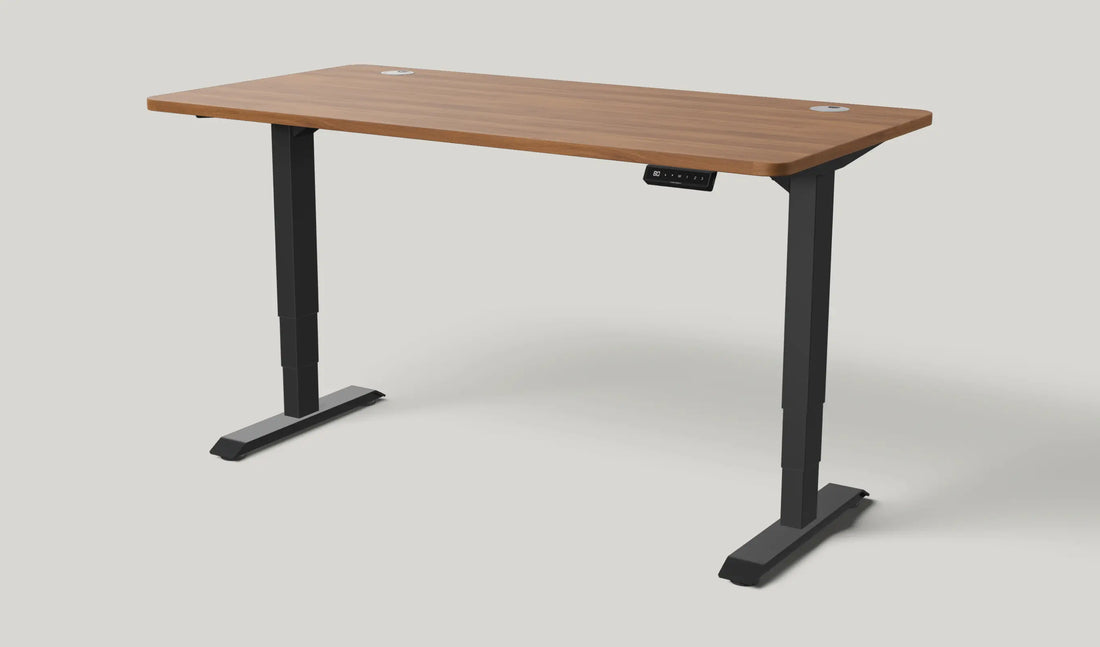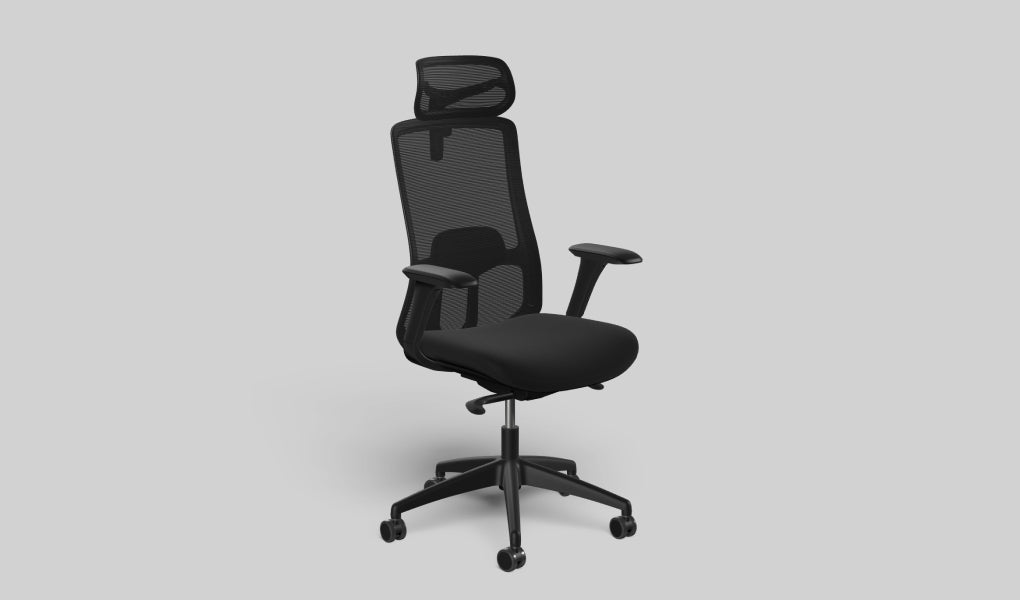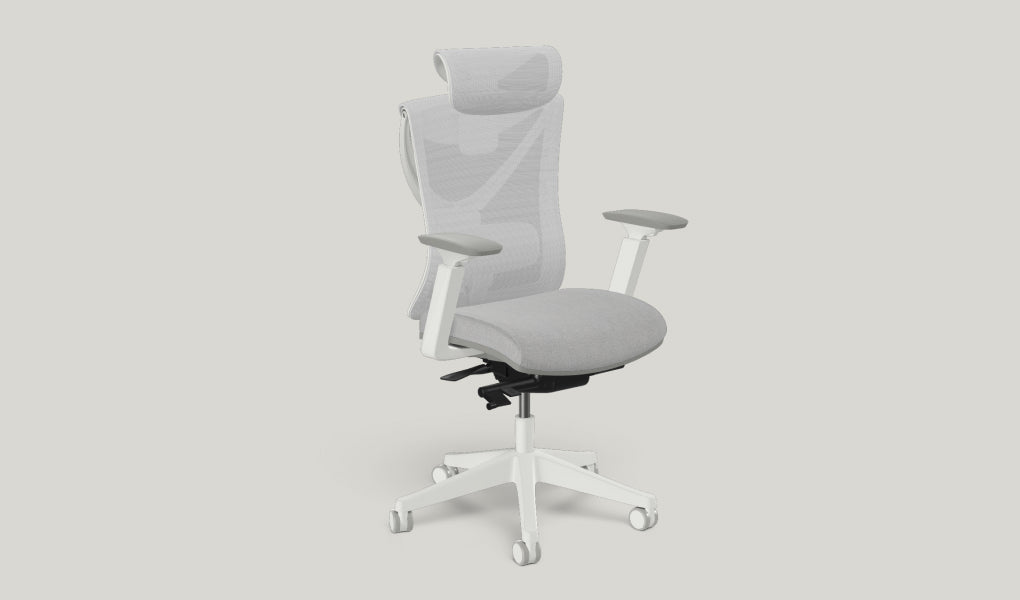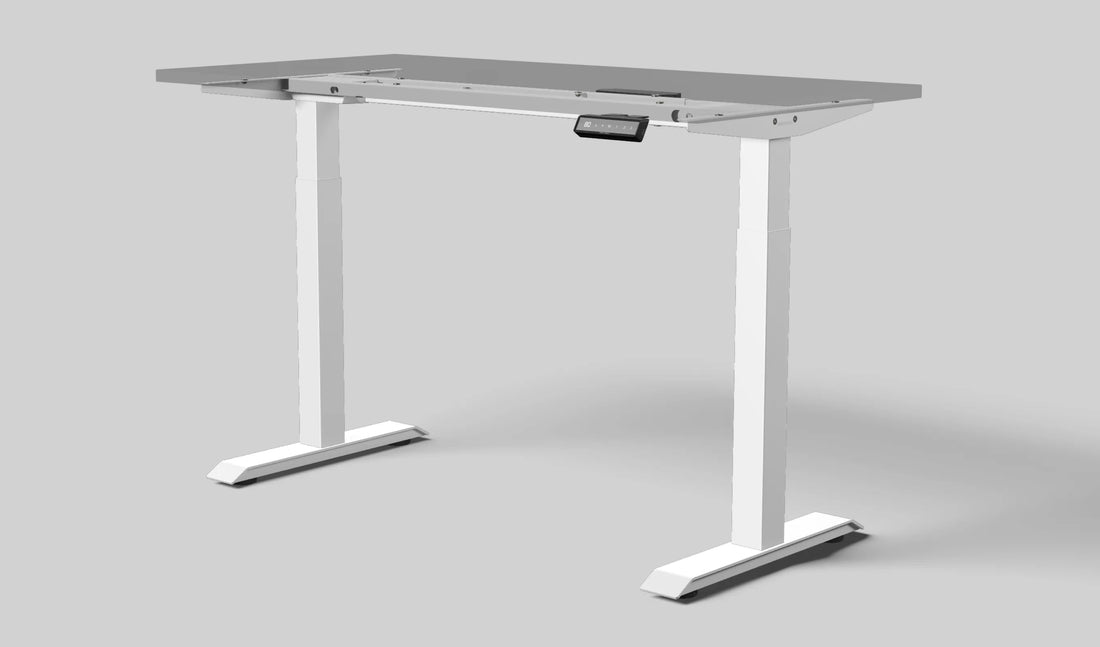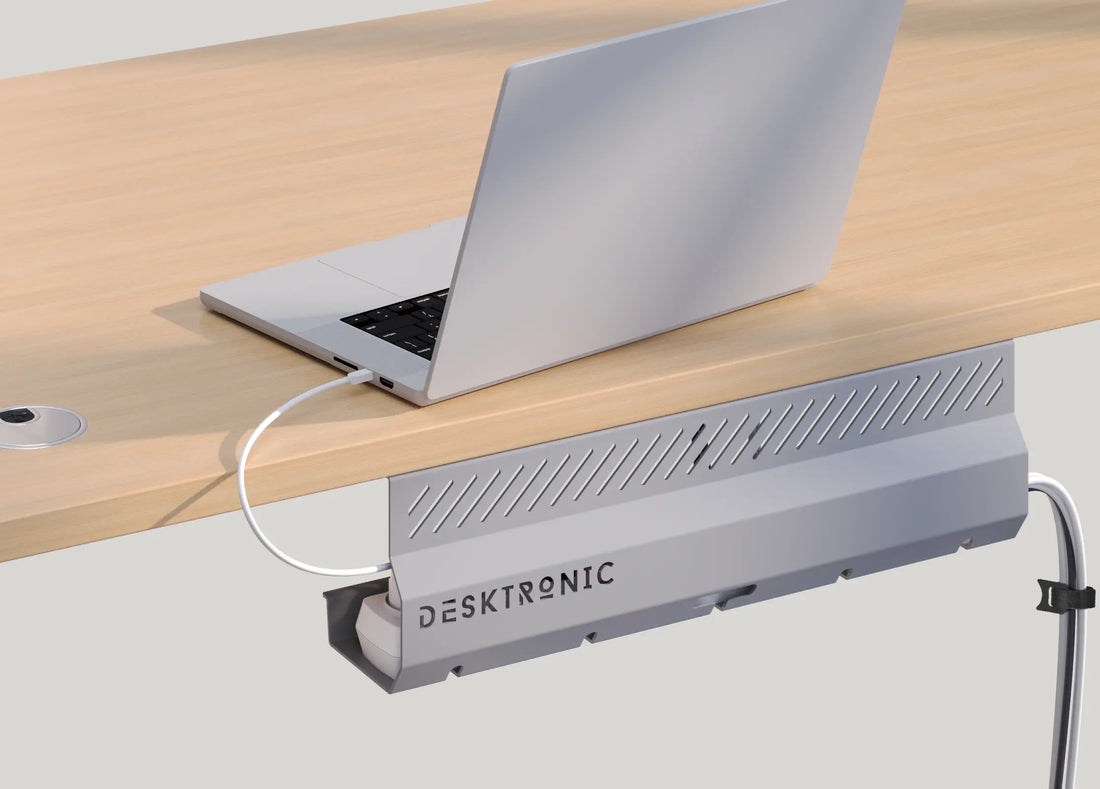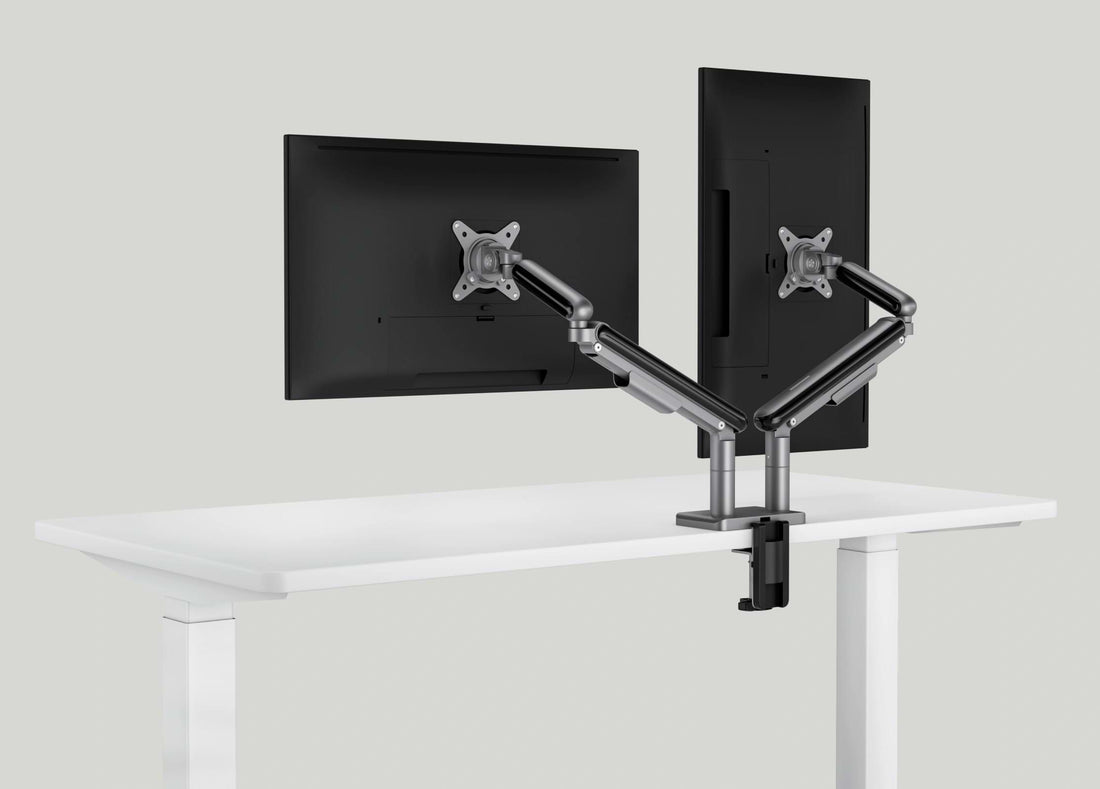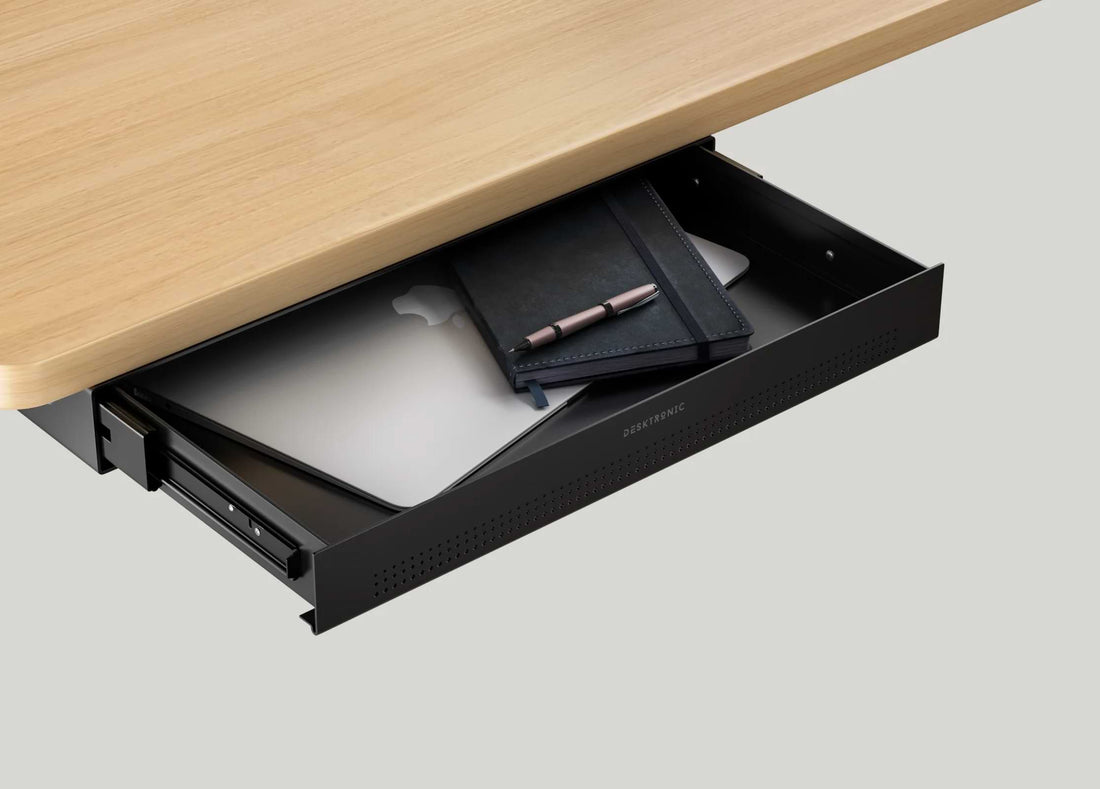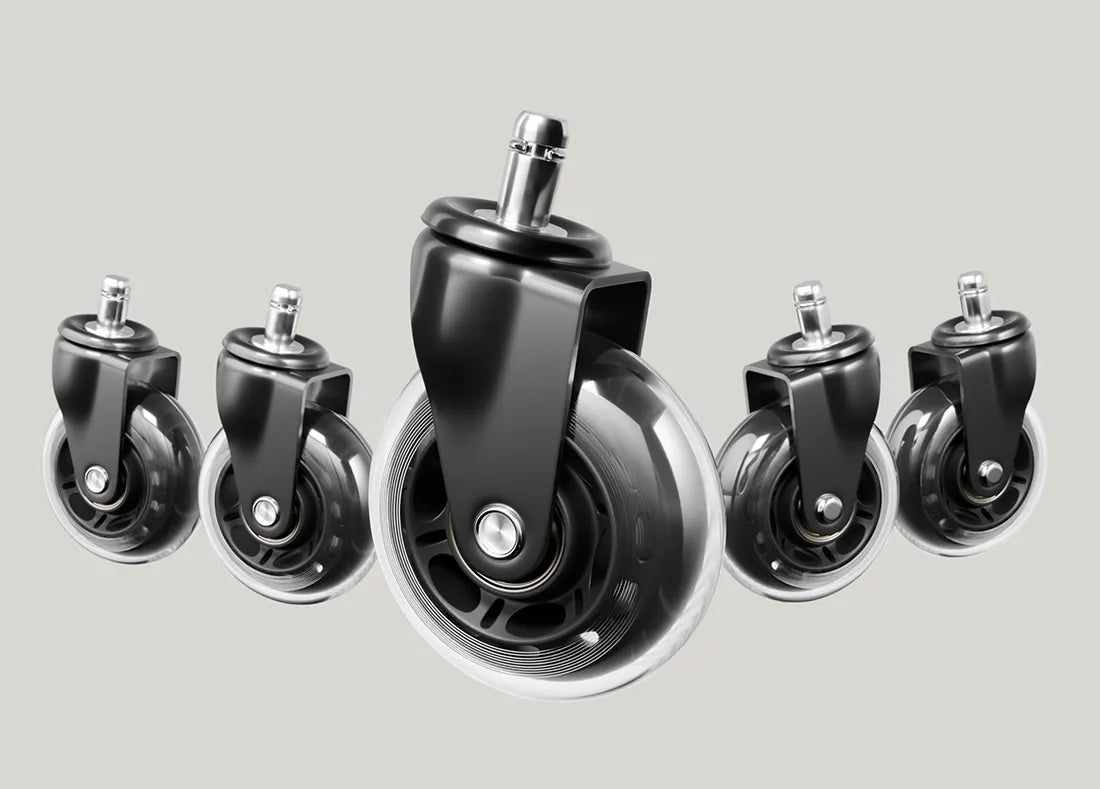1. Choose a desk you love because you'll spend a lot of time with it
Having a comfortable, well-organized place is essential if your entire job is on the computer. Pay attention to the size: Is it large enough for your tasks yet small enough not to dominate your workspace? Make sure it easily moves up and down so you can stand and sit (the best way to avoid back pain). For some, standing most mornings helps maintain focus and build momentum for a more productive day.
2. Change positions frequently
It should be no brainer that the more we change positions, the more we kick the butt of stiffness and muscle strains. Yes, I know, it might be hard at first. If you usually sit down all day and are not used to working standing up, try standing for short periods of time. Start small by standing up for short periods to read emails or during a quick meeting. Even 10-15 minutes a day of standing is already a good start. For more focused work - don’t hesitate to take a seat. If you don't switch between sitting and standing naturally, set a reminder every hour or so to remind you to switch things up.
3. Do standing desk exercises
Yeah, that’s the next level! The benefit is even greater when standing is replaced with some activity behind your desk. But what exercises can you do, though?
- Walk or jog in place. Whether you take slow steps or pick up the pace and bring your knees up higher, moving at your desk can be just as effective as taking a walk or jog.
- Standing desk squats. Engage your legs even more and give your hips a workout by doing some squats. A standing desk's height is handy—hold onto the edges and ease yourself into position.
- Arm stretches. There are few exercises you can do: drop your arms at your sides and roll your shoulders back and forth. If you prefer something harder - intertwine your fingers behind your back and extend your arms, pushing upwards slightly to feel a pull in your shoulders—don’t go beyond what’s comfortable.
- Calf raises. Calf raises are the most accessible exercise you can do at a standing desk. Just stand straight with your feet shoulder-width apart, slowly raise your legs and transfer all your weight onto the ball of your feet. Your legs should be straight during the exercise. Hold this posture for a minimum of 10 seconds and repeat this 5 times for one set.
- Side lunges. Stand with your feet together and take a wide step out to the side with one foot. Bend the knee of your stepping leg to squat down, keeping the other leg straight. Push off with the bent leg to return to the starting position and repeat on the other side. It is recommended to do six to fifteen repetitions per side.
4. Set your standing desk to your preferred positions
Standing desks with memory presets is another thing that you should be looking for in your standing desk. You already know that by easily adjusting your desk to your preferred heights, you can alleviate muscle strain, improve posture, and enhance circulation. But other things is, there’s no need to keep in mind all those centimeters or your perfect height in mind. Your favorite positions should be one click away, allowing you to reach your preferred height. It allows you to keep your focus where it’s really needed and don’t worry about the unimportant details.
5. Make sure your desk has built-in charging ports
You might not think built-in charging ports would do much for your productivity, but trust me, they can make a big difference. Remember all those times your laptop was dying or your phone was at 2% battery? By staying organized and ensuring your devices are always charged and ready to go, you can reduce distractions, lower your stress levels, and work more efficiently. All in all, nothing slows your productivity down more abruptly than a dead laptop.
6. Schedule regular breaks
Even with a standing desk, it's crucial to take regular breaks to move around and rest your eyes. Follow the 20-20-20 rule: every 20 minutes, take a 20-second break and look at something 20 feet away. This practice helps prevent eye strain and allows your body to stretch and relax. Use these breaks to walk around, grab a healthy snack, or do a quick stretch routine.
7. Monitor your progress with standing desk
Track how you feel and perform with your standing desk over time. Pay attention to your energy levels, productivity, and any physical discomfort. Keeping a journal or using an app to monitor your standing and sitting times can provide insights into what works best for you. Adjust your routine based on this feedback to maximize the benefits of your standing desk.
8. Maintain proper ergonomics
Ensure your standing desk setup follows ergonomic principles. Your computer screen should be at eye level, and your keyboard and mouse should be positioned so your elbows are at a 90-degree angle. Proper ergonomics prevent strain on your neck, shoulders, and wrists, contributing to a healthier work environment. Consider using a monitor arm or an adjustable keyboard tray to fine-tune your setup.
The bottom line
Incorporating a standing desk into your daily routine can have significant positive effects on your mental health. From boosting your mood and energy levels to sparking creativity and enhancing productivity, standing desks offer a holistic approach to improving both your physical and mental well-being. So, why not take the first step towards a healthier, happier you? Consider investing in our adjustable sit-stand desks, which have all the features you need and experience the transformation yourself. Your mind and body will thank you.


